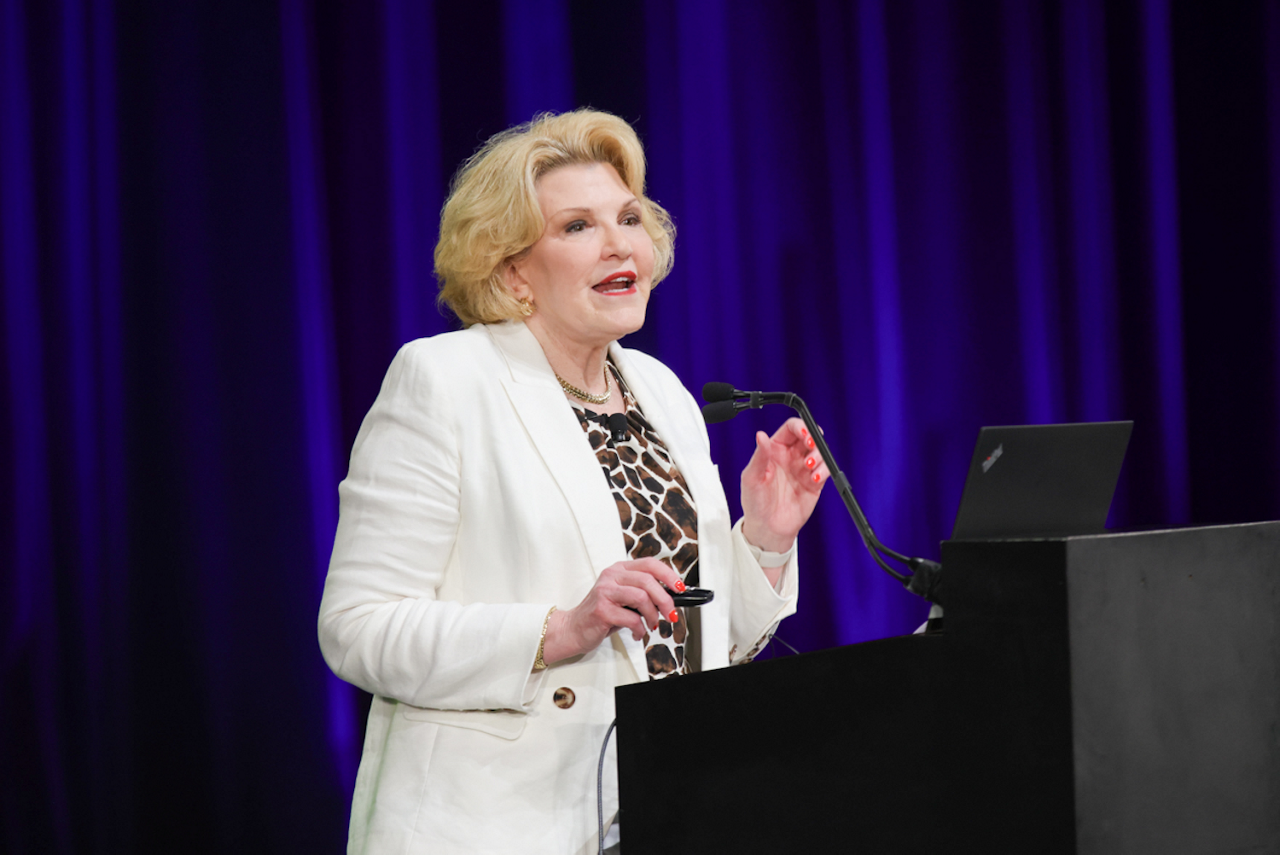Burnout has become the silent disruptor of modern workplaces. Often mislabeled as a personal failing or individual issue, burnout is deeply rooted in organizational culture and leadership.
According to SHRM’s The State of Global Workplace Culture in 2024 report, burned-out employees are three times more likely to leave their jobs than their engaged counterparts—a statistic that underscores the urgent need for cultural and systemic solutions. More than 30% of employees globally reported being burned out, with burnout levels particularly high among younger workers and those with less than five years in their organizations.
Burnout and subsequent disengagement have a direct impact on organizations’ bottom lines. According to Gallup’s State of the Global Workplace: 2024 report, employees who are not engaged or who are actively disengaged cost the world $8.9 trillion in productivity.
In a recent SHRM webinar, Alicia Roman, Senior Associate Dean for Columbia Climate School and Tony Sandonato, Vice President - Learning and Development of Travel & Leisure Co., explored how leadership and intentional workplace strategies can tackle burnout, not just as a workplace issue, but as a cultural challenge.
Understanding Burnout Beyond Exhaustion
Burnout is frequently misunderstood as mere exhaustion, but its origins often lie in organizational missteps—unmanageable workloads, poor leadership, and limited growth opportunities. SHRM’s research highlights that over 61% of burned-out employees leave work feeling physically and emotionally drained, while 44% report that their workload is unreasonably high. These employees are also less likely to trust their managers, with only 28% of burned-out employees reporting high trust in leadership, compared to 60% of engaged employees.
Roman emphasized the relational aspect of burnout: “Burnout isn’t just about the hours worked. It’s about the emotional toll of feeling unsupported while meeting those demands,” she said. For Sandonato, the stakes are even higher in the hospitality industry, where the emotional reserves of employees directly influence guest experiences. “Burnout doesn’t just affect the individual—it erodes the quality of service, which impacts the entire organization,” he noted.
Leadership’s Role in Mitigating Burnout
Addressing burnout requires more than token gestures; it demands leadership that prioritizes well-being and flexibility. SHRM’s report identifies workplace flexibility as one of the top factors retaining employees in positive workplace cultures. Roman shared how Columbia Climate School reimagines work structures during high-pressure periods. “Hybrid schedules aren’t just about convenience—they’re strategic. For high-stakes tasks like quarterly closes, remote work offers the focus and flexibility employees need,” she explained.
Sandonato’s organization adopted technology as a key tool in addressing burnout. Shift-swapping systems now empower employees to manage their schedules dynamically, ensuring they maintain control over their time. “When employees have the ability to adjust their schedules, it’s not just about convenience—it’s a critical way to reduce stress and improve their quality of life,” he said.
HR leaders should champion programs such as Employee Assistance Programs (EAPs) and mental health days. These tools provide employees with accessible resources for protecting mental health while normalizing open conversations around stress and well-being.
The Power of Empathy and Self-Care
When leaders work to mitigate burnout for their teams, they may overlook their own well-being. SHRM’s Global Workplace Culture report reveals that 75% of engaged employees feel encouraged to set healthy boundaries between work and personal life, compared to only 35% of disengaged employees. This highlights the importance of empathetic leadership that models work-life balance.
Roman acknowledged this, sharing her personal strategy of stepping away through travel. “Taking time to disconnect isn’t optional—it’s essential. It helps me reset and approach challenges with clarity,” she explained. For Sandonato, hybrid work schedules have been transformative. “The flexibility to work from home two days a week allows me to balance collaboration with focused work. It’s a structure that supports both my efficiency and mental health,” he said.
Reimagining the Workplace to Tackle Burnout
The fight against burnout is a cultural one, requiring a shift in how organizations approach work. A combination of flexible policies, empathetic leadership, and proactive mental health support can transform burnout from an inevitability to an opportunity for change. SHRM data shows that organizations with a strong culture of support see a 60% reduction in absenteeism and a 37% improvement in employee productivity.
Prioritizing the mitigation of burnout doesn’t just improve workplace morale; it also directly impacts retention and attrition rates. Deloitte’s 2022 Global Survey of Gen Zs and Millennials revealed that qualities such as work-life balance and learning opportunities ranked higher than financial compensation as top reasons for choosing a job. Additionally, engagement levels rise by 20%, and the likelihood of turnover decreases by an astonishing 87% when employees trust their organizations’ commitments to improving wellbeing.
“Burnout is a signal—it tells us something in the system isn’t working. Leaders are uniquely positioned to make the necessary changes,” said Roman.
Organizations that embrace this challenge can build not only resilience but also loyalty and engagement, ensuring a sustainable future for their workforce. By integrating intentional leadership with actionable mental health strategies, workplaces can redefine success—one empathetic decision at a time.
An organization run by AI is not a futuristic concept. Such technology is already a part of many workplaces and will continue to shape the labor market and HR. Here's how employers and employees can successfully manage generative AI and other AI-powered systems.




